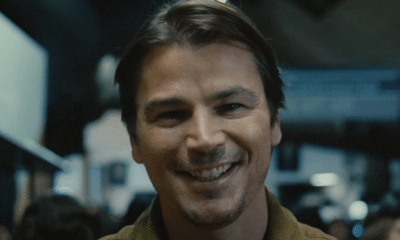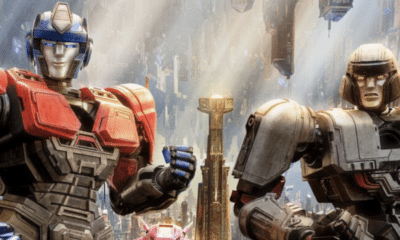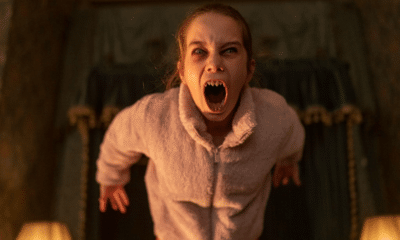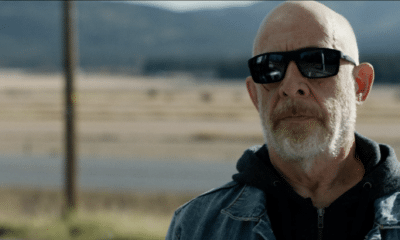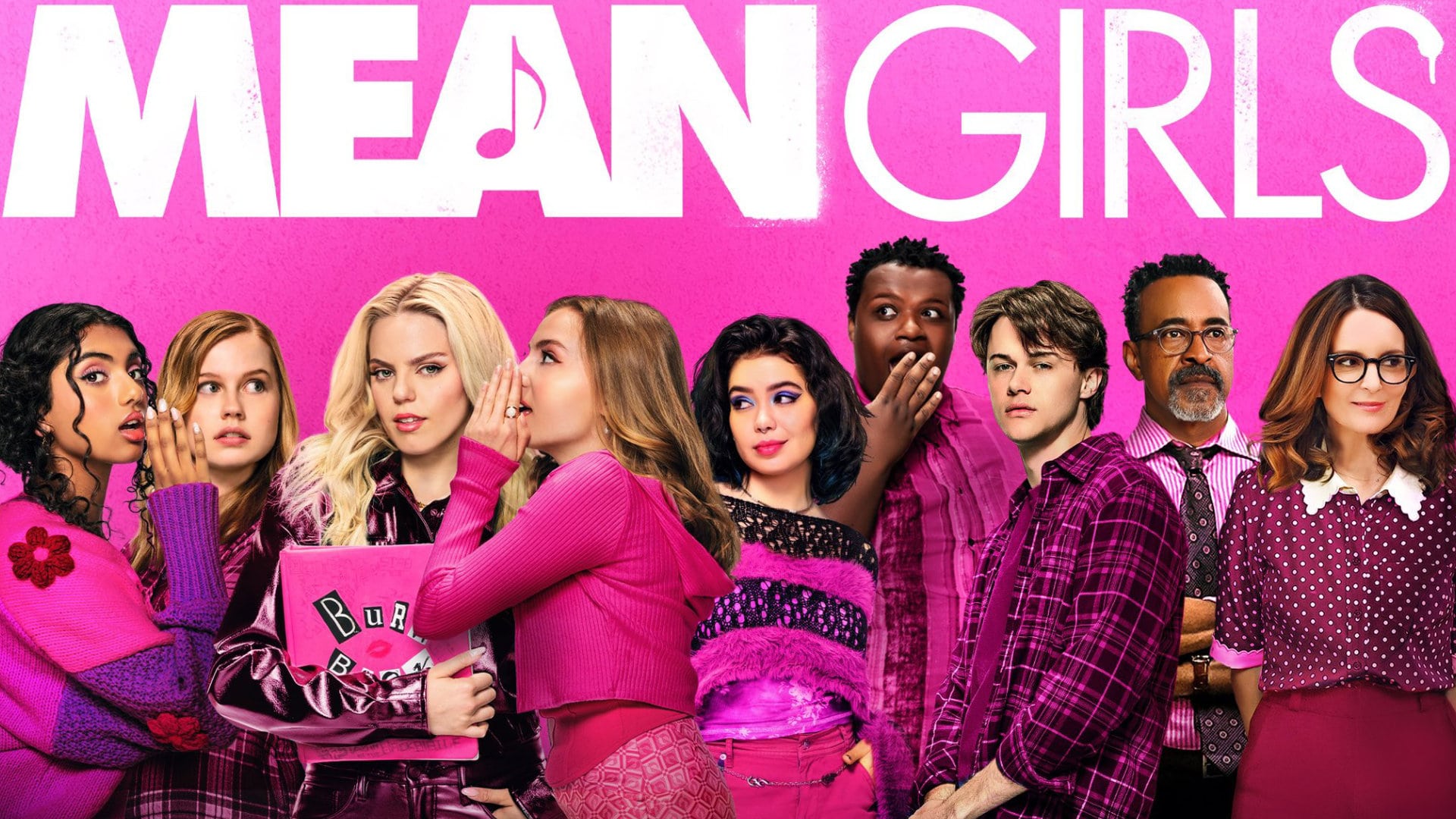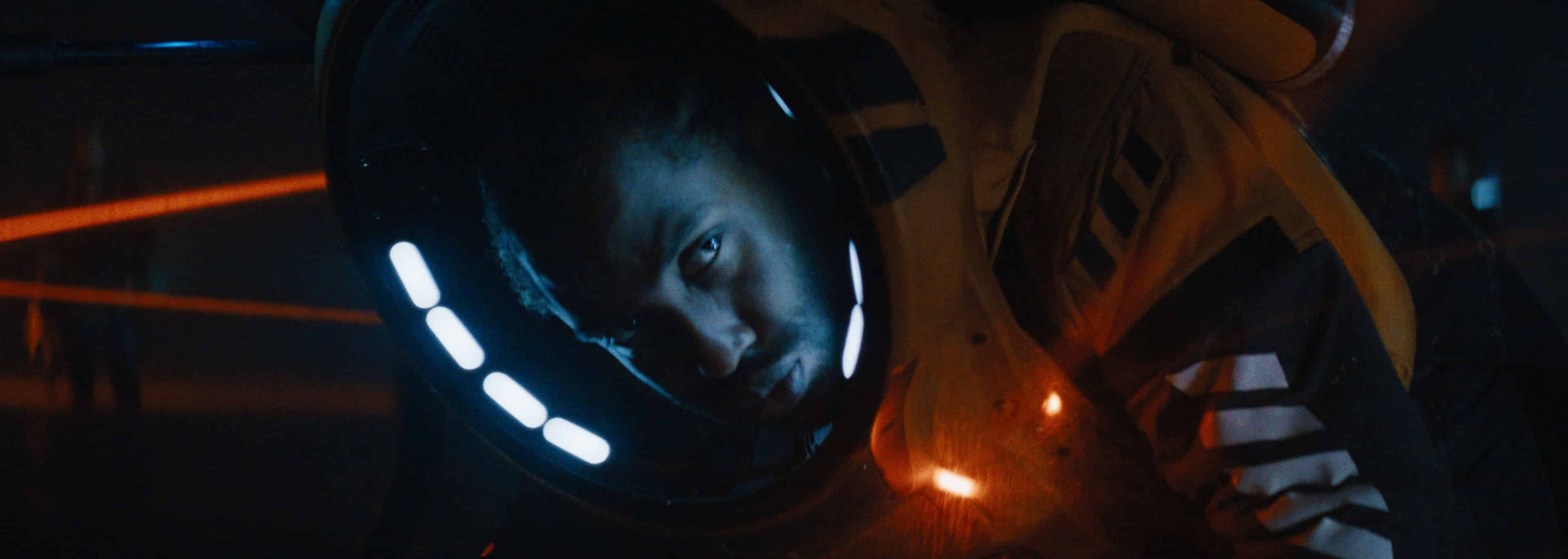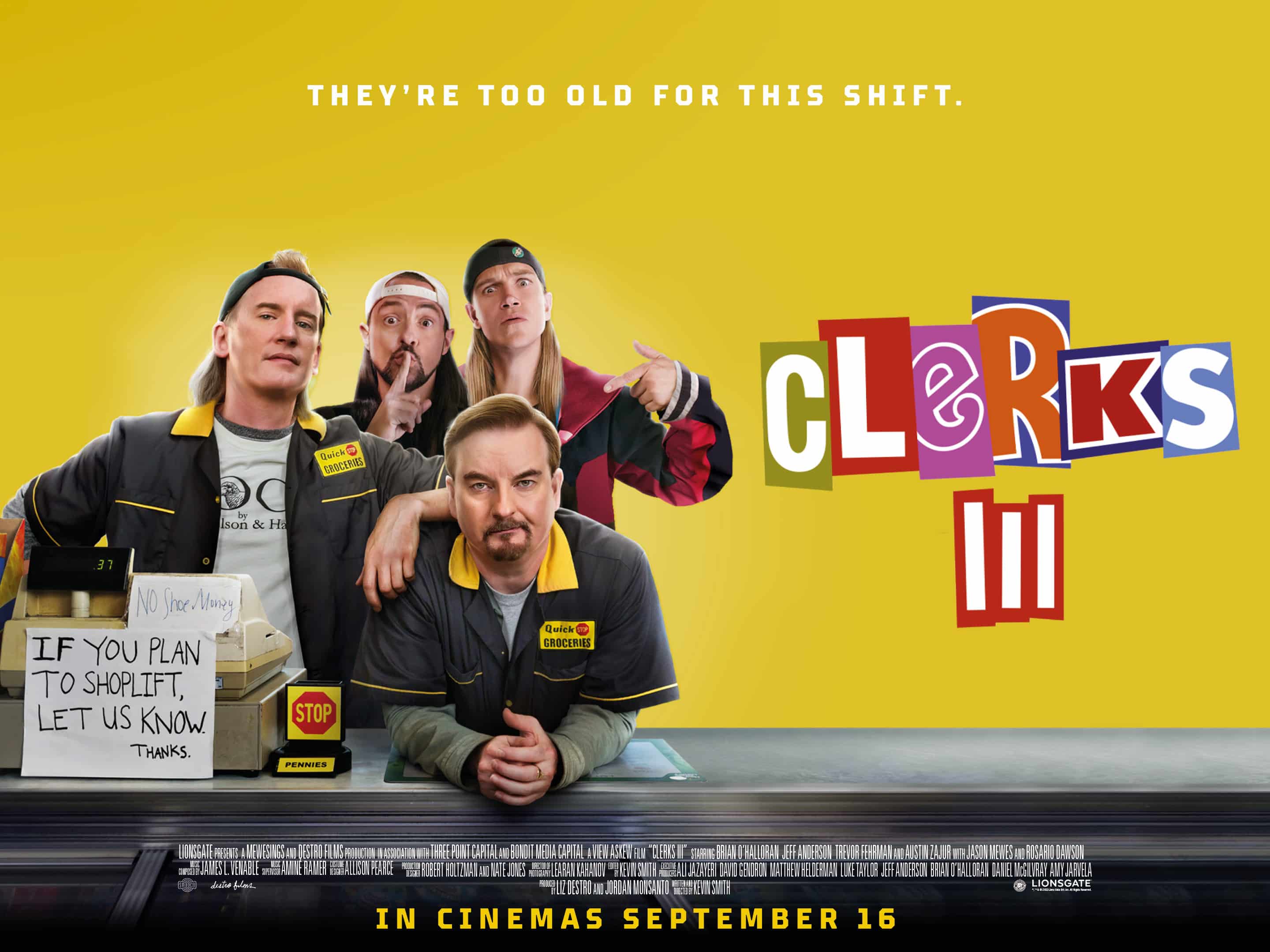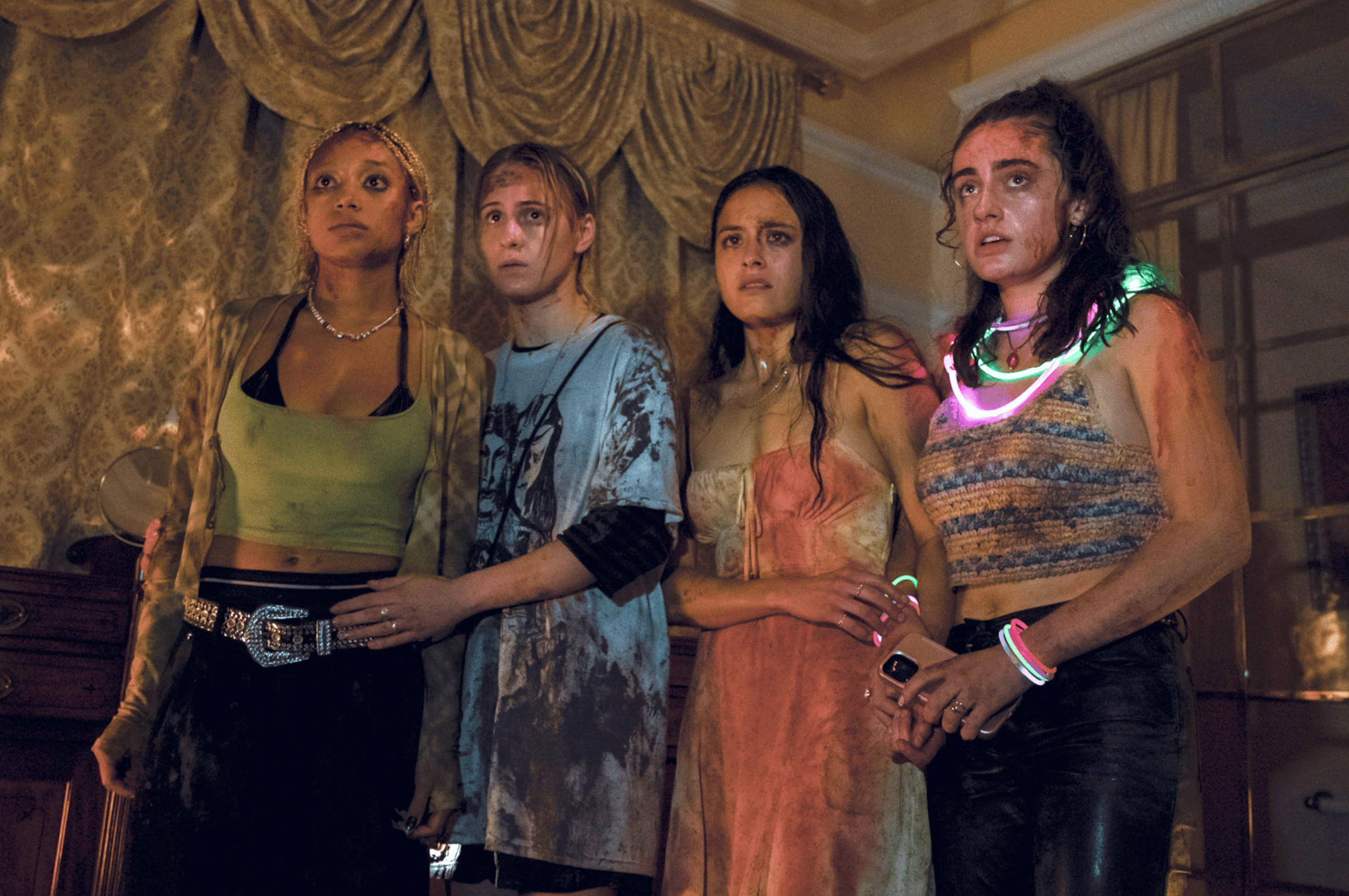What so many of us are too afraid to admit is that art and entertainment are what we live for. Whether it’s flying to another continent for a sports tournament, spending a month’s salary on a music festival, or planning an entire week around the release of a new blockbuster, entertainment is inescapable in today’s world. That’s not to say that any of us want to escape it. There’s a reason why cinema, in particular, is a multi-billion dollar industry responsible for so many cultural phenomena. Think of how many relationships have been formed over the mutual love of a particular song; how many parents and children have connected through their love of sports; and how many friendships have been made over obsessions for a certain franchise. This is why when I was watching Steven Spielberg’s Ready Player One, between wondering how on Earth a movie like this was ever allowed to be made, I marveled at just how far our society has evolved through the sheer overdose of popular culture that pours out of its screen. Beyond its adrenaline-fuelled action set pieces and eye-watering optic splendor, at the heart of Ready Player One is a story about how culture connects us; how even at the end of the world it is our love for stories that keep us looking forward.

Ready Player One is an adaptation of a novel by Ernest Cline, a man so dangerously obsessed with everything 80s that when pulled over for speeding in his DeLorean he begged the officer to register him travelling at 88 miles per hour, even if it cost him significantly more, simply so that he could frame the speeding ticket as a souvenir. The novel follows Wade Watts in the dystopian 2045, in which society has been consumed by the virtual world of the Oasis. While the real world rots the Oasis thrives as a place in which the wildest of dreams can come true, populated by thousands of pop culture worlds and references, from Batman to Buckaroo Banzai. While a technical marvel, virtual reality, and the Oasis express both our greatest desires and simultaneously our worst fears. To many, nothing sounds more appealing than being able to physically occupy the worlds of your fantasy, but through virtual reality, this engagement with culture becomes more isolating than ever. Whereas once one’s only option was to venture into the cinema to experience a story with a large group of people, cinema came into our homes through television, into our bedrooms through streaming, and evolved to the point where one can now experience an entire library of content on their phones during their commute to work. It is exciting and worrying that in a few years’ time people will experience worlds within a headset and one can only hope that they support human interaction because as far as films go, while we love the stories themselves, nothing beats the feeling of sharing those emotions with your friends and loved ones.
Related: Ready Player One review
This is exactly what makes Ready Player One such a satisfying and essential movie-going experience. Just as thrilling as the film itself is watching the audience cheer over the sight of the Iron Giant, the Ninja Turtles, an offhand reference to Ferris Buhler, or the use of a Kamehameha, a feat that countless of millennials have shamelessly attempted in their lifetimes. This raises two questions, the first: does this film even have a target audience? The second: how is a film entirely dependent on the nostalgic fusion of other artists’ work, not a total train wreck?

To answer the former question first, Ready Player One is a children’s story at heart. Even the novel, for all its excitement and adventure, is decidedly plain in style. It‘s constructed in a way that is easily comprehensible, never venturing too deeply into its darker themes of dystopian poverty and isolation, and its character drama can be described as basic at best, but great Scott is it a relentless load of fun. Spielberg mirrors this style in his crafting of the film but, as if in full acknowledgment of the story’s lackluster drama, keeps the large majority of his version confined to the virtual world of the Oasis. As much as its story, however, reflects that of a children’s fable, it is almost infinitely more enjoyable for adults and an unbelievable dream for cinephiles due to its copious callbacks to the culture today’s adult population grew up on. And therein lies the success of Spielberg’s latest; it’s not a film that wants you to look past its childish overtones but embrace them, as the only way it works is by directly appealing to the child within every member of its audience. With every reference, no matter how small, it is clear that Spielberg doesn’t merely want you to recall those characters, but recall the emotions you felt when first introduced to them as well. It is a film that wants you to know that you are actively being infantilized further and further every step of the way so that by the end, when a literal army of your childhood heroes storm the screen to combat corporate greed, you accept it with open arms.

The greatest justification I can provide for seeing Ready Player One in IMAX is that your eyes will want to examine every corner of each frame to find some subtle reference or character you otherwise may miss. In fact, having viewed thousands of films in my lifetime, I don’t think I’ve ever seen a movie so off the walls insane that actually contains a narrative that works. It is like Who Framed Roger Rabbit in the future on the world’s most powerful steroids, the likes of which couldn’t have been provided by anyone other than Spielberg himself. Fans of the novel could only view the announcement of Spielberg’s helming of the adaptation as an absolute dream come true, not because the book feels written with his blockbuster essence in mind but also because his name is literally praised on every other page. If anyone was going to complete the monumental task of securing the licensing rights for the world’s most ambitious cultural pastiche, it’s the man who convinced Disney and Warner Bros. to allow Mickey Mouse and Bugs Bunny to be featured in the same scene in ‘Roger Rabbit’, a feat that to this day no one else has managed to accomplish. Even more impressive is the fact that, in spite of basically inventing the 80’s, Spielberg intentionally refrained from referencing his own extensive body of work at the risk of appearing too vain. That it still works as well as it does is not only testament to his talent (as if anyone needs to be reminded of that) but also to his own fandom, as many of us forget that artists, just like the audiences they produce for, are consumers first.

Spielberg’s latest is not only a love letter to the very concept of fandom, but almost acts as a study of it. Let’s not forget this is the same world where a joke on Rick & Morty led to the harassment of several innocent McDonald’s employees and Martin McDonaugh’s Three Billboards Outside Ebbing, Missouri admirably inspired multiple instances of political activism. Fandom can either be toxic or uplifting, which we learn by the time the film’s credits roll. If there is one thing that protagonist Wade Watts has to learn within this story, something that his partner Art3mis duly knows, it is that there is no merit in blindly professing that you’re an artist’s biggest fan even if you do know every minuscule bit of trivia there is about them. The quantitative extent of your fandom is meaningless; rather, it is what you do with it that really matters.
Ready Player One is released in UK cinemas on 29th March 2018.

Latest Posts
-


Film Trailers
/ 1 day agoM. Night Shyamalan’s ‘Trap’ trailer lands
Anew experience in the world of M. Night Shyamalan.
By Paul Heath -


Film News
/ 2 days agoFirst ‘Transformers One’ teaser trailer debuts IN SPACE!
The animated feature film is heading to cinemas this September.
By Paul Heath -


Film Reviews
/ 2 days ago‘Abigail’ review: Dirs. Matt Bettinelli-Olpin & Tyler Gillett (2024)
Matt Bettinelli-Olpin and Tyler Gillett direct this new horror/ heist hybrid.
By Awais Irfan -


Film Trailers
/ 2 days agoNew trailer for J.K. Simmons-led ‘You Can’t Run Forever’
A trailer has dropped for You Can’t Run Forever, a new thriller led by...
By Paul Heath
